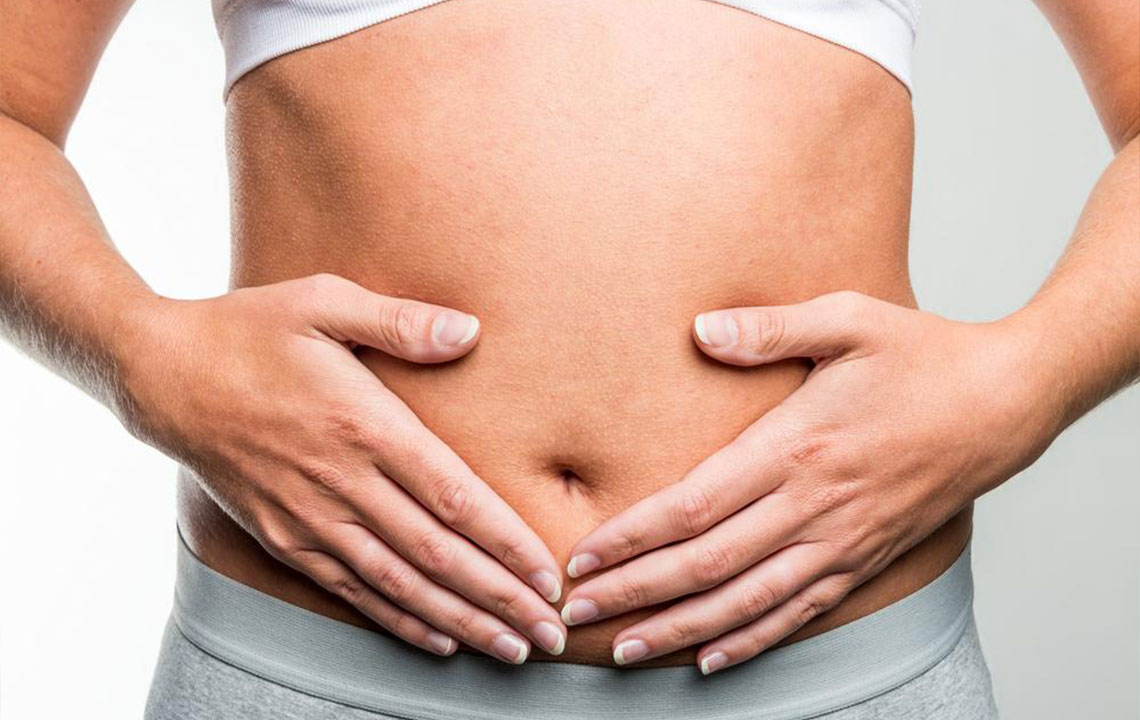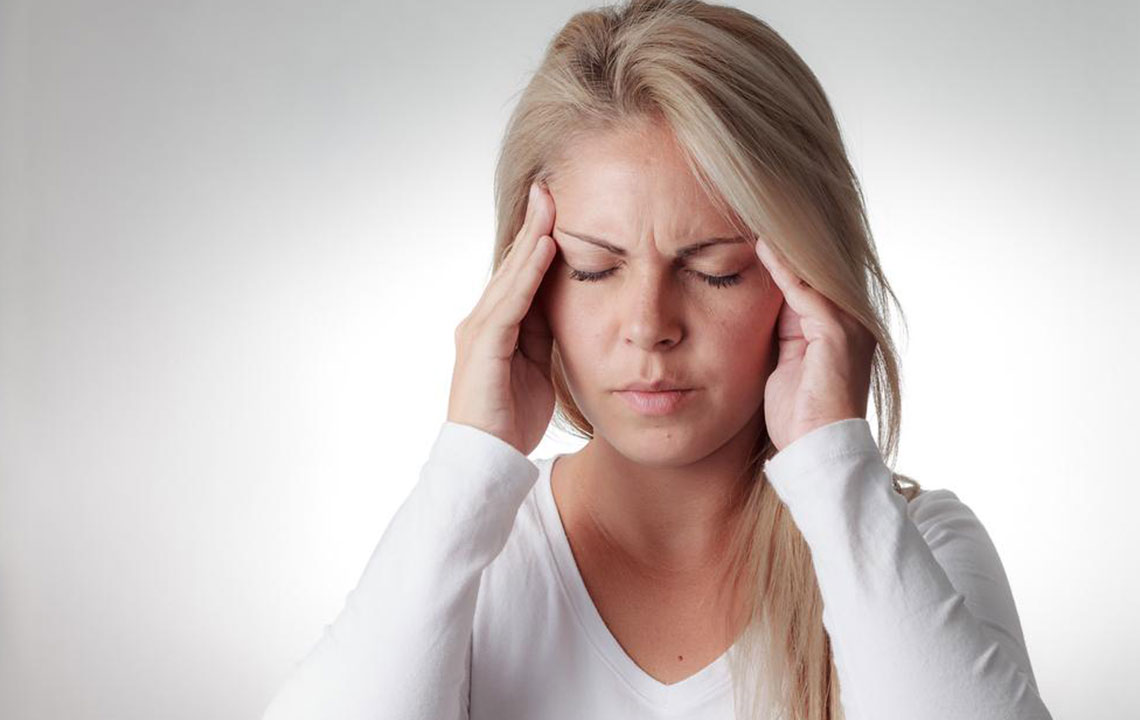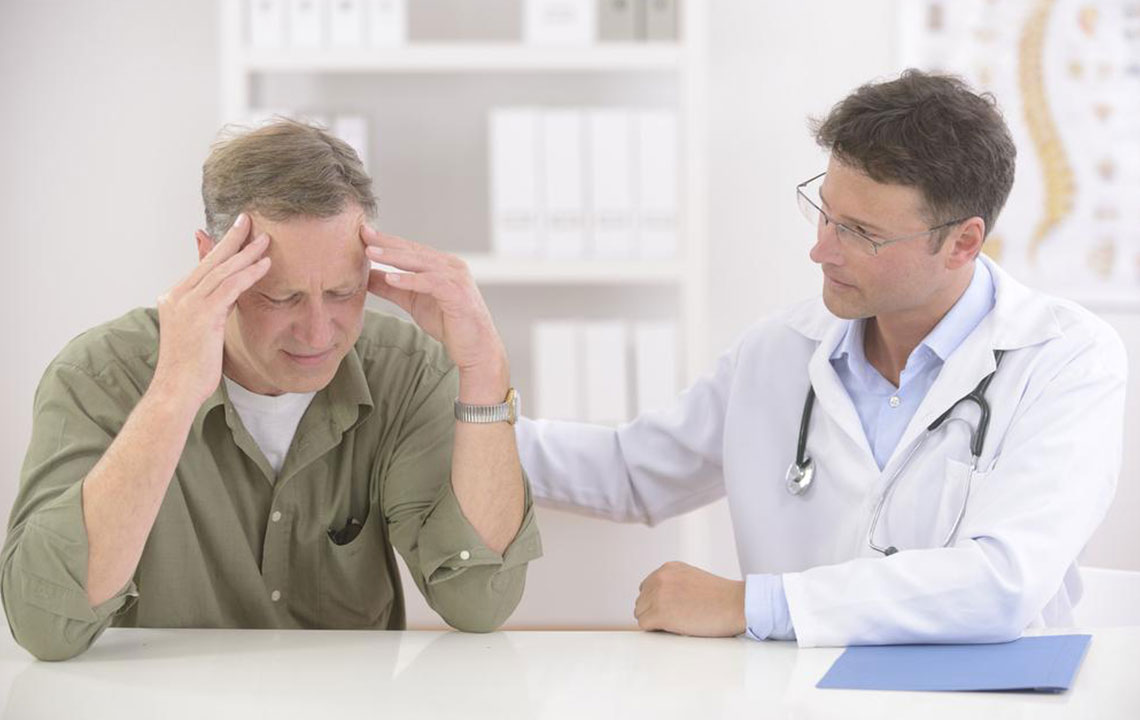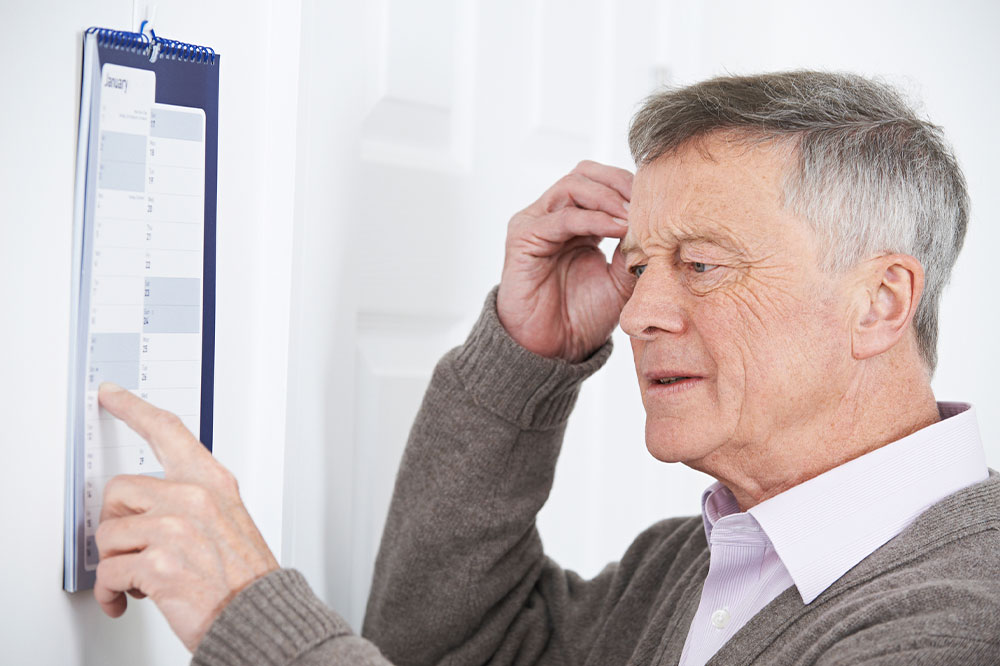Hemorrhoids Explained: Types, Symptoms, and Causes
This article provides a comprehensive overview of hemorrhoids, discussing their types, symptoms, and underlying causes. It explains how factors like diet, pregnancy, and lifestyle influence their development and highlights common signs and risk factors to help readers understand and manage this common condition effectively.

Hemorrhoids Explained: Types, Symptoms, and Causes
Hemorrhoids, originating from the Greek word haimorrhoides, refer to swollen blood vessels around the anus and lower rectum that can cause bleeding. These vascular cushions help control bowel movements but become problematic when veins enlarge, stretch, and become inflamed. The resulting discomfort, pain, and itching around the anal area are common symptoms. Factors such as straining during bowel movements and pregnancy contribute to their development, with about 75% of adults experiencing hemorrhoids at some point.
There are three primary types: internal, external, and thrombosed hemorrhoids, each with distinct causes and treatments:
Internal hemorrhoids
Located inside the rectum, they often go unnoticed unless they prolapse, causing bleeding, itching, or irritation.
External hemorrhoids
Visible lumps around the anus that may become inflamed, leading to soreness, itching, and discomfort.
Thrombosed hemorrhoids
Develop when blood clots form in external hemorrhoids, resulting in severe pain, swelling, and hardened bumps around the anus.
Common early signs include:
Painless bleeding
Bleeding during bowel movements often occurs without pain and is typical of hemorrhoids.
Itching
Swollen, irritated regions may become intensely itchy.
Inflammation
Hemorrhoids can become inflamed, causing pain, swelling, and discomfort—especially when sitting. Thrombosis may also develop.
Additional symptoms
Some hemorrhoids are asymptomatic or resolve spontaneously. Others include fecal leakage, weakness, and painful lumps.
Multiple factors contribute to hemorrhoid formation, including:
Chronic constipation
Repeated straining from constipation causes veins in the rectum to swell and tissues to become irritated. Both constipation and diarrhea elevate rectal pressure, leading to pain, itching, and bleeding.
Pregnancy
Uterine enlargement during late pregnancy increases pelvic blood vessel pressure, causing rectal veins to swell. Hormonal shifts weaken rectal tissues, and prolonged standing further raises pressure, promoting hemorrhoids.
Extended sitting
Sitting for long periods, especially on the toilet, puts stress on anal veins, encouraging lump formation.
Obesity
Excess weight adds pressure to rectal and anal veins, increasing hemorrhoid risk. Staying hydrated and exercising regularly can improve vessel health.
Aging
Aging weakens veins, making hemorrhoids more common.
Low-fiber diet
Insufficient fiber results in hard, small stools requiring straining, which leads to hemorrhoids. Dietary fiber promotes healthy bowel movements.
Anal sex
Anal intercourse can cause trauma and inflammation in rectal veins, raising risk.
Other factors
Activities like heavy lifting and inherited venous weaknesses also play a role in hemorrhoid development.


